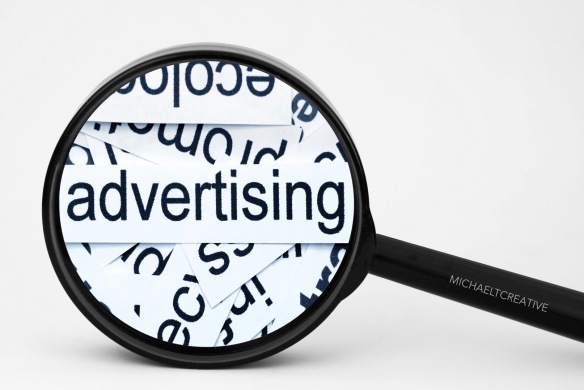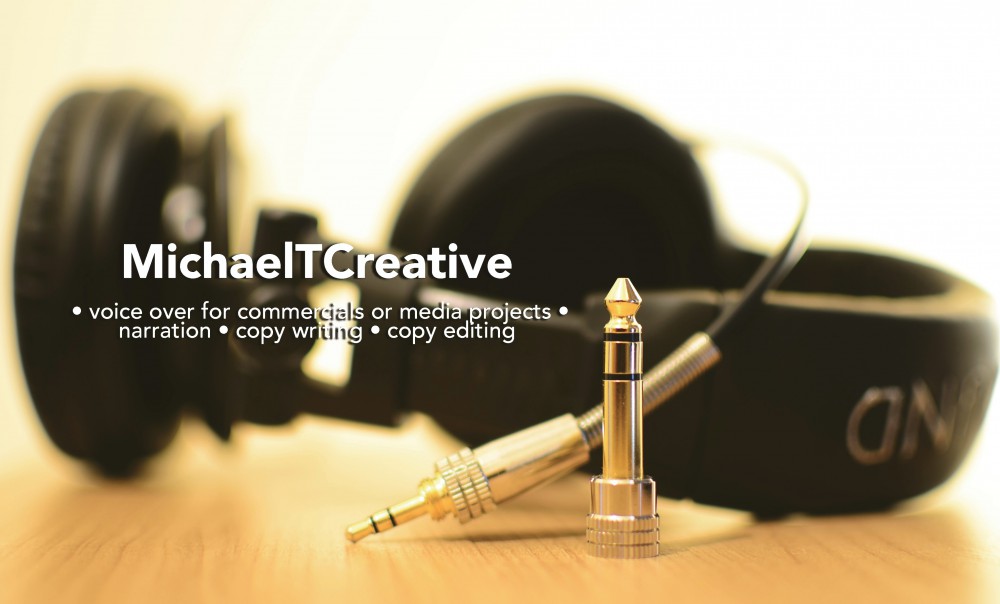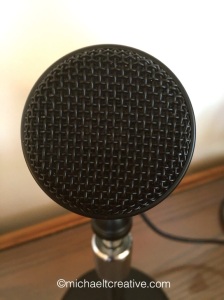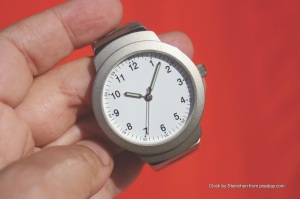
by Michael T. Shishido
There are many ways to write a radio commercial and many ingredients to consider. But when it comes to the basic layout of a spot, there are a few key things you need to remember to make your spot effective.
By “layout” I mean the structure of your commercial. The basic outline. Beginning, middle, and end, plus what goes into each.
To put it simply, get the marketing up front and save the nitty-gritty details for the end.
I see many commercials written the other way around, and it’s just not effective. For example, consider this abbreviated sequence:
Enter now at mybusinesswebsite.com. Imagine yourself living in luxury. Winner of a billion dollars cash! It’s so easy to win.
It’s an extreme example, but what’s important is the form. That opening line is not attention getting at all. And by the time you do get the listeners’ attention, the website address is long gone from their short-term memory, if it was there at all.
So flip the script! Marketing up front, details at the end:
You could win one billion dollars cash! You could be living in luxury. It’s easy to win. Enter now at mybusinesswebsite.com.
Huge difference, right?
Here’s another example of an ineffective spot:
C’mon down to our cool radio remote this Saturday from 1 to 3 pm. We’ll be at SUPER AUTO at the corner of This Street and That Avenue. SUPER AUTO is the best place to buy a car. Everyone can drive away––good credit, bad credit, or no credit. See the brand-new, latest model of the gotta-have SUV. Great comfort and smooth ride. And we’ll be giving away a brand-new car to one lucky person!
Now flip the script. Get the attention early, and put the nitty-gritty details at the end:
You could win a brand-new car this Saturday! 947 KABC, along with SUPER AUTO in Great City, is giving away the brand-new, coolest SUV to one lucky listener! To win you need to be at SUPER AUTO this Saturday. Check out all the latest cars, new and used. SUPER AUTO will prove it; you can buy a car no matter what your credit status is. And you might win that SUV! Saturday from 1 to 3 pm at This Street and That Avenue.
Structure your spots this way, and they’ll be more effective.









